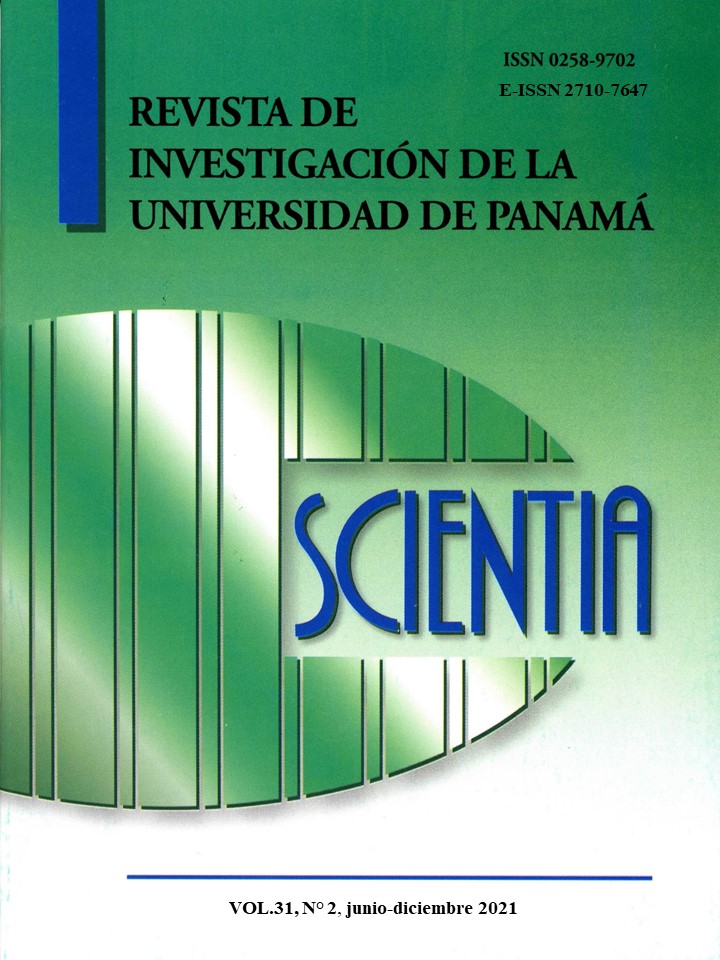References
Callaway, R., Reinhart, K., Moore, G., Moore, D. y Pennings, S. (2002). Epiphyte host preferences and host traits: mechanisms for species specific interactions. Oecología 132: 221–230.
Cardelús, C. y Chazdon, R. (2005). Inner-crown microenviroments of two emergent tree species in a lowland wet forest. Biotropica 37: 238–244.
Fernández, M. y Bogarín, D. (2011). A new Trichosalpinx (Orchidaceae: Pleurothallidinae) from the northern Pacific lowlands of Costa Rica. Phytotaxa 38: 41–48
Freiberg, M. (1997). The influence of epiphyte cover on branch temperature in a tropical tree. Plant Ecology 153: 241–250.
Futuyma, D. y Moreno, G. (1988). The evolution of ecological specialization. Annual Review of Ecology and Systematics 19:207–233.
Gentry, A. y Dodson, C. (1987). Diversity and biogeography of neotropical vascular epiphytes. Annals of the Missouri Botanical Garden 74: 205–233.
Hietz, P. y Hietz-Seifert, U. (1995). Composition and ecology of vascular epiphyte communities along an altitudinal gradient in central Veracruz, Mexico. Journal of Vegetation Science 6(4): 487–498.
Holdridge, L. (1967). Life Zone Ecology. Tropical Science Center. San José, Costa Rica.
Instituto Meteorológico Nacional. (2012). Datos climatológicos. Estación 145.
ECAG.
Johansson, D. (1974). Ecology of vascular epiphytes in West African rain forest. Acta Phytogeographica Suecica 59: 1–136.
Kassen, R. (2002). The experimental evolution of specialists, generalists, and the maintenance of diversity. Journal of Evolutionary Biology 15: 173–190.
Kitching, RL. (2006). Crafting the pieces of the diversity jigsaw puzzle. Science 313: 1055–1057.
Krömer, T. y Gradstein, S. (2003). Species richness of vascular epiphytes in two primary forest and fallows in the Bolivian Andes. Selbyana 24: 190–195.
Martínez, N., Pérez, A. y Palacios, A. (2008). Estratificación vertical y preferencia de hospedero de las epífitas vasculares de un bosque nublado de Chiapas, México. Revista Biología Tropical 56: 2069–2086.
Mehltreter, K., Flores, A. y García, J. (2005). Host preferences of low-trunk vascular epiphytes in a cloud forest of veracruz, Mexico. Journal of Tropical Ecology 21: 651–660.
Nadkarni, N. (1994). Diversity of species and interactions in the upper tree canopy of forest ecosystems. American Zoologist 34: 70–78.
Parker, G. (1995). Structure and microclimate of forest canopies. En M.D. Lowman & N.M. Nadkarni (eds.). Forest canopies. (pp. 73-106) Academic, San Diego, California, EUUU.
Poisot, T., Bever, J., Nemri, A., Thrall, P. y Hochberg, M. (2011). A conceptual framework for the evolution of ecological specialization. Ecology Letters 14: 841–851.
Steege, H. y Cornelissen, J. (1989). Distribution and ecology of vascular epiphytes in lowland rain forest of Guyana. Biotropica 21: 331–339.
Talley, S. M., Lawton, R. y Setzer, W. (1996). Host preferences of Rhus radicans (Anacardiaceae) in a southern deciduous hardwood forest. Ecology 77: 1271–1276.
Wagner, K., Mendieta-Leiva, G. y Zotz, G. (2015). Host specificity in vascular epiphytes: a review of methodology, empirical evidence and potential mechanisms. AoB plants, 7: 1–25.
Walsh, R. (1996). Microclimate and hydrology. En P.W. Richards (ed.). The tropical rainforest. (pp. 206-236). Cambridge, Cambridge, UK.

